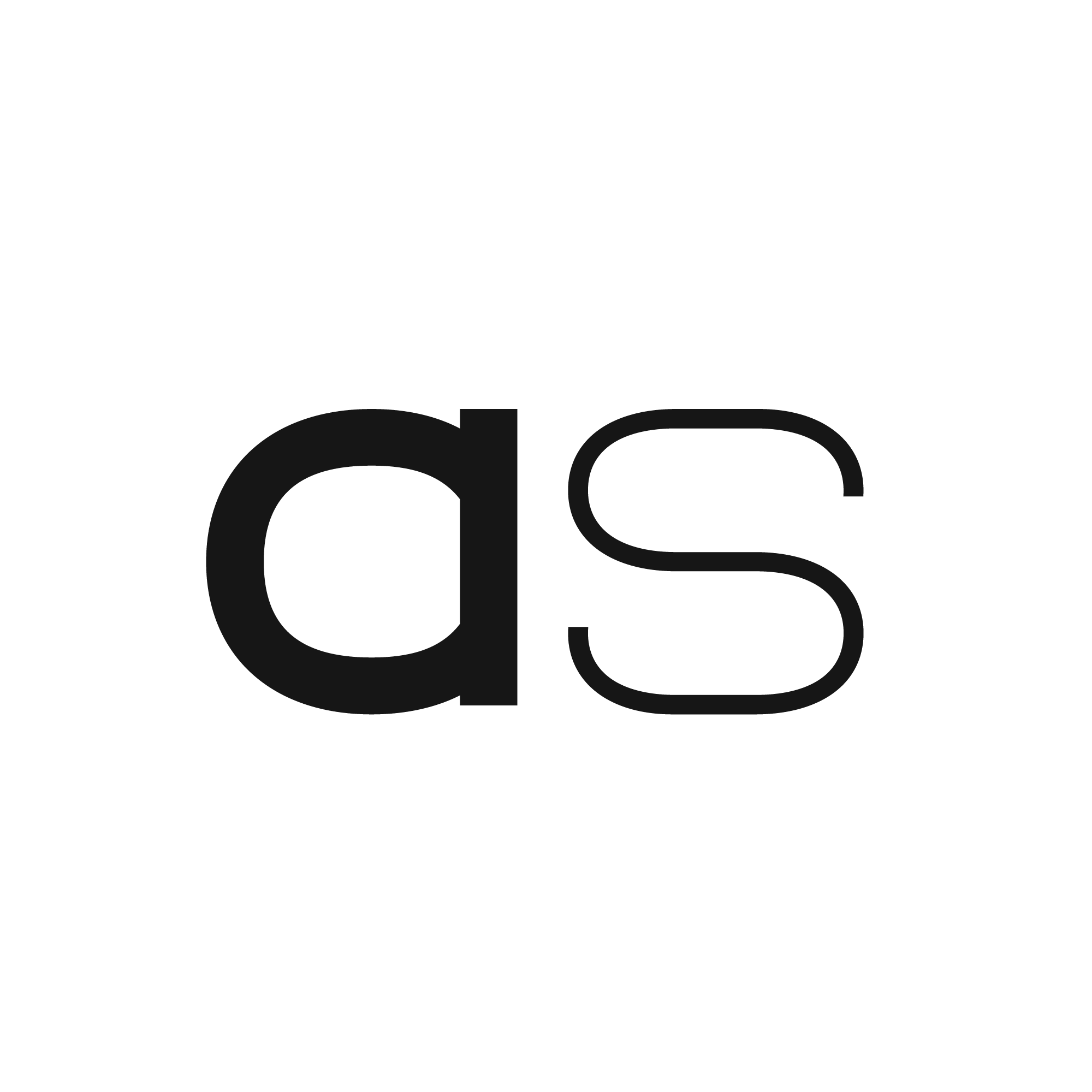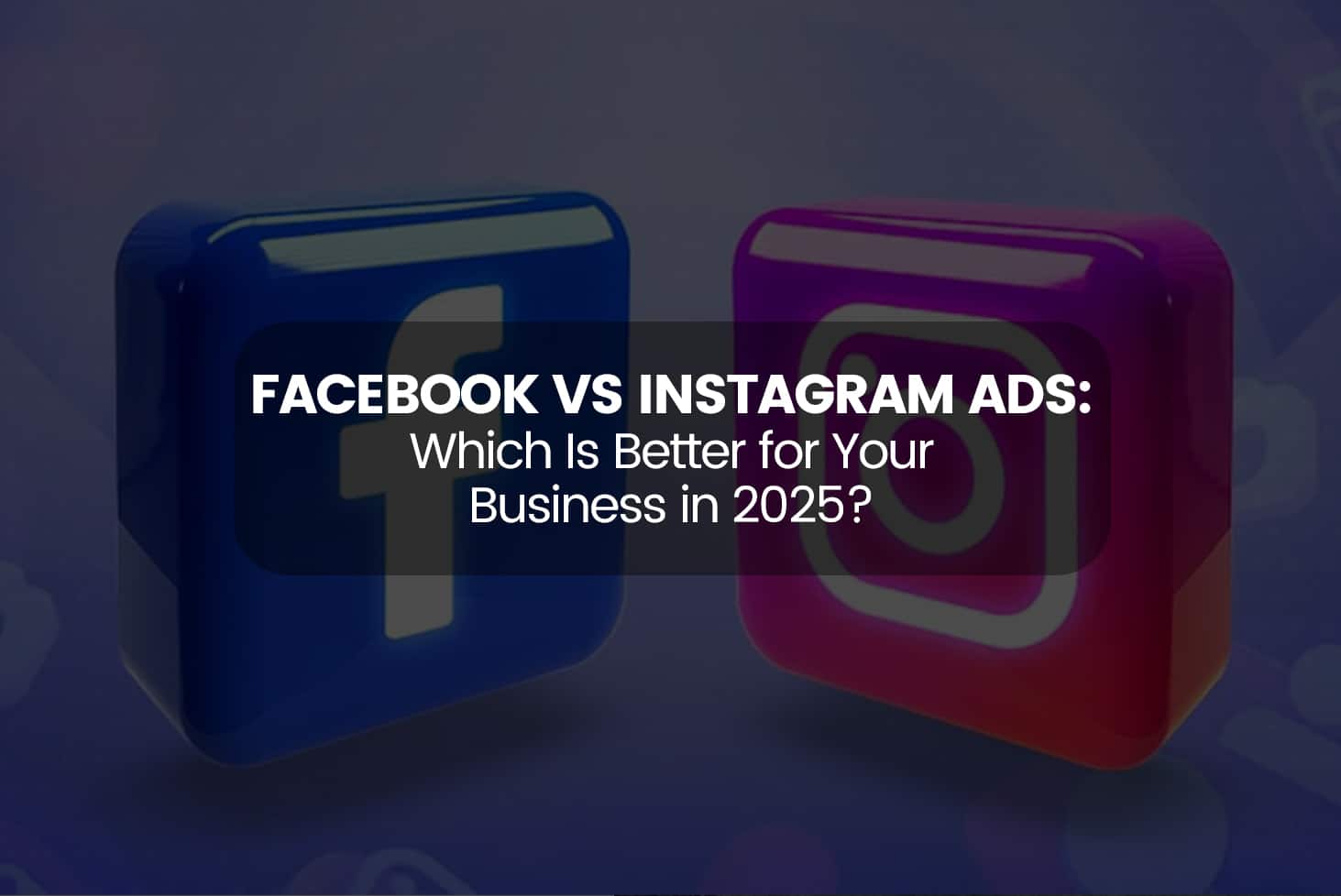In today’s digital world, advertising is no longer limited to billboards or TV commercials. Social media platforms like Facebook and Instagram have taken the lead when it comes to connecting businesses with their ideal customers. But a common question every business owner or digital marketer asks is:
“Which is better—Facebook Ads or Instagram Ads?”
The answer? It depends on your business goals, target audience, content style, and budget.
Let’s break down the key differences between Facebook and Instagram ads and help you decide which one is better for your brand.
1. Understanding the Platforms
Facebook is the largest social media network with over 3 billion monthly active users as of 2025. It appeals to a diverse age group, especially users aged 25–55. With Facebook, you can run various types of ads—image, video, carousel, messenger, and more.
Instagram is owned by Meta (just like Facebook) but has a slightly different vibe. It’s a visual-first platform, ideal for images, videos, and reels. Its audience is younger, primarily between 18–35 years old, and they engage heavily with stories and influencers.
2. Target Audience: Who’s Hanging Out Where?
When choosing a platform, you need to know where your target audience spends their time.
- If your business is targeting Millennials and Gen Z, Instagram might be your best bet.
- If your ideal customers are older, family-focused, or professionals, Facebook gives you a better shot.
Tip:
Use your existing customer data to analyze their age, interests, and behavior. Then choose the platform that aligns best.
3. Ad Formats: What Type of Content Do You Have?
Facebook Ad Formats:
- Image ads
- Video ads
- Carousel ads
- Lead generation forms
- Messenger ads
- Facebook Marketplace ads
These formats work great for longer messages, CTAs, event promotions, and community engagement.
Instagram Ad Formats:
- Image and video ads
- Instagram Stories ads
- Reels ads
- Shopping ads
- Explore page ads
Instagram is ideal for short-form videos, aesthetic visuals, and product discovery.
4. Cost Comparison: Which Is More Budget-Friendly?
Ad cost varies based on industry, audience targeting, time of year, and competition. But here’s what we generally see:
- Facebook Ads: Often have a lower cost-per-click (CPC) and are good for lead generation, especially in B2B.
- Instagram Ads: Can be more expensive due to higher engagement, but they perform exceptionally well for eCommerce and fashion brands.
In short:
👉 Facebook = Better for conversions and leads.
👉 Instagram = Better for engagement and brand awareness.
5. Engagement Rate: Where Do Users Interact More?
Instagram typically wins in engagement rates. Its visual and interactive content (like reels and stories) drives faster action. Users are more likely to like, share, or comment on content they relate to.
Facebook offers deeper engagement through groups, events, and comments, but organic reach has decreased significantly. Paid ads are often necessary to maintain visibility.
6. Conversion Goals: Leads vs Sales
If your goal is to generate leads, Facebook offers more tools—like lead forms, call-to-action buttons, and messenger ads.
If your goal is to drive direct product sales, especially in fashion, beauty, or lifestyle niches, Instagram is more effective due to features like Instagram Shopping, product tagging, and shoppable stories.
7. Analytics & Insights: Measuring Success
Both platforms use the Meta Ads Manager, meaning your ad tracking, testing, and optimization tools are the same. You can A/B test creatives, monitor conversions, and track ROI all in one place.
But keep in mind:
- Facebook has more historical data, making its algorithm more accurate in optimizing campaigns.
- Instagram provides quick insights into visual performance and story interactions.
8. Which Platform Is Better for What?
| Business Goal | Best Platform |
|---|---|
| Lead generation | |
| Brand awareness | |
| Engagement | |
| B2B marketing | |
| Product sales | |
| Local advertising | |
| Influencer marketing |
9. Should You Choose One or Use Both?
The truth is—you don’t have to choose just one.
Since both platforms are managed under Meta Ads, you can run multi-platform campaigns easily. This approach helps you:
- Maximize reach
- Split test ad creatives
- Target different audiences on each platform
- Improve return on ad spend (ROAS)
If your budget allows, start with both and analyze which platform gives better results for your goals.
10. Final Verdict: Facebook vs Instagram Ads
There is no clear “winner” in this battle. The best platform for your business depends on:
- Your target audience
- Your content style
- Your campaign goals
- Your budget
Use Facebook if you want to build a customer list, drive traffic, or reach a broad demographic.
Use Instagram if your brand is visual, trendy, or influencer-driven, and you want high engagement.
Remember: the key isn’t just choosing the right platform—it’s creating the right ad with the right message for the right people.
Bonus Tips for Running Better Ads
- Always test different creatives and audiences
- Use clear CTAs (Call-To-Actions)
- Keep your visuals mobile-friendly
- Optimize landing pages for conversions
- Monitor performance weekly and tweak as needed
Conclusion
Facebook and Instagram Ads both have their unique strengths. Whether you’re a small local business or a growing eCommerce brand, understanding your audience and goals will help you choose the best advertising path. If used correctly, both platforms can bring incredible results to your marketing efforts.
So, start experimenting, stay consistent, and let the data guide your next ad strategy.

